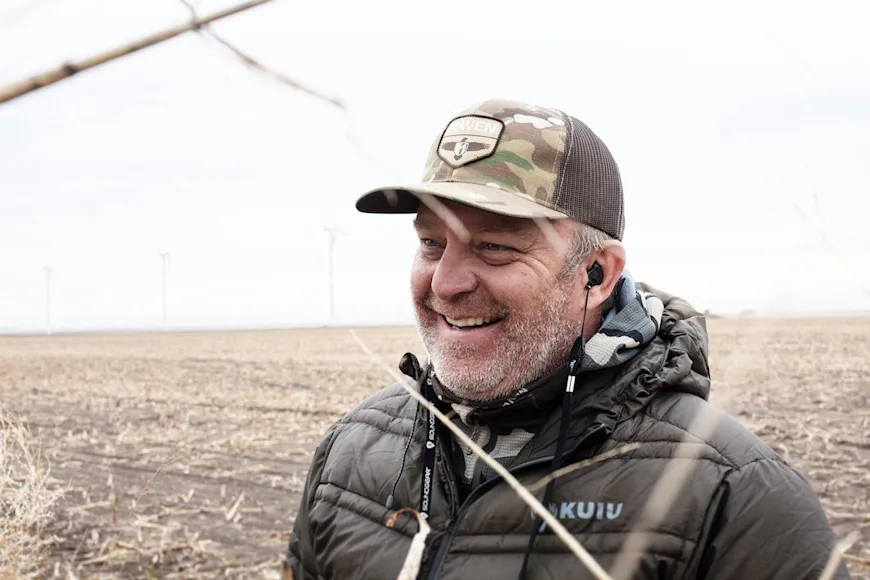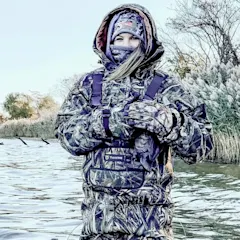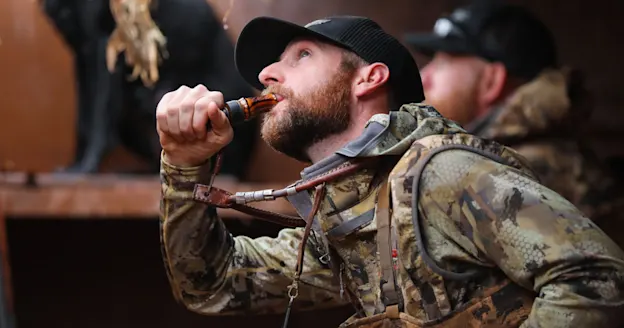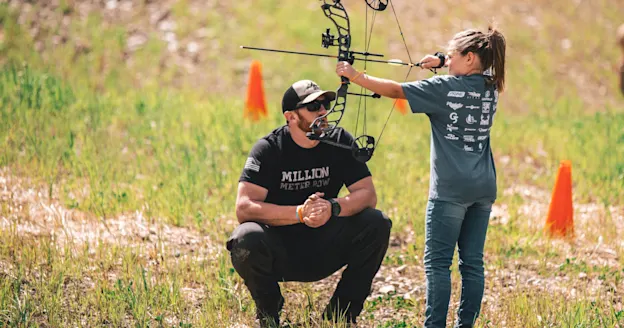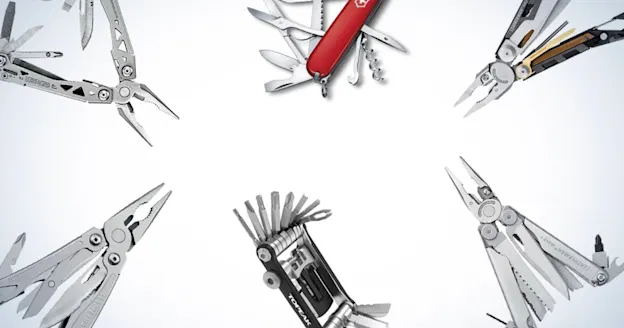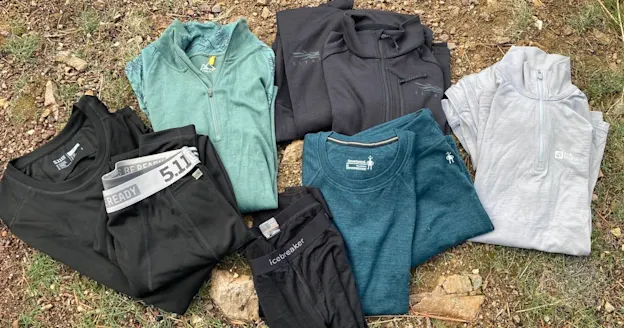_We may earn revenue from the products available on this page and participate in affiliate programs. Learn more ›
_
We take our gear seriously at F&S, whether it be for hunting, fishing, or camping. Our selections are based on many factors, like quality, price, and purpose—just to name a few. But sometimes there’s more to a fishing jacket or hunting knife than what you see.
Through my years of covering the best outdoor gear, I’ve discovered some really cool brands with some really cool stories doing some really cool things. In our new “Behind the Brand” interview series, we are telling those stories through the words of the founders themselves.
In the popular book “The Tipping Point,” Malcolm Gladwell describes a maven as someone who is more than an expert. It’s a word you could use to describe Brendon Weaver, at least in the world of binoculars and scopes. So it’s only fitting that he’s also the co-founder of Maven, one of our favorite optics brands. But it wasn’t always that way. While Brendon has been into the outdoors his whole life, he actually started out as an art teacher and small-town football coach in the middle-of-nowhere Wyoming.
How did he go from teaching kids how to sculpt pottery to running a highly successful optics company? We had the chance to sit down with Brendon and talk about all things Maven, from how it began to where it’s going. Spoiler: Rangefinder binos are involved.
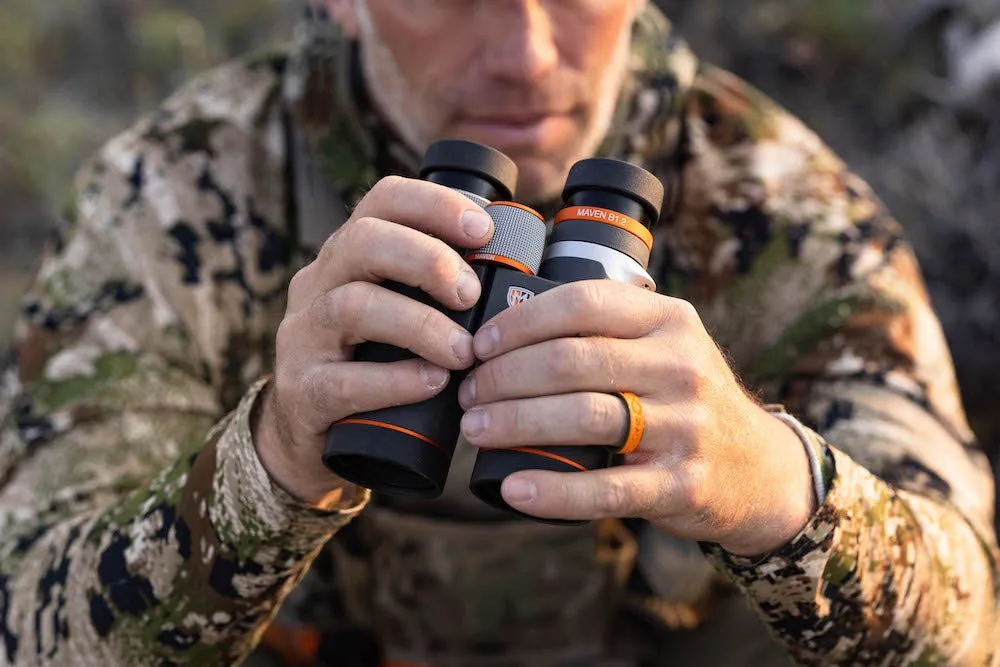
Field & Stream: Let’s start from the beginning of the beginning. What were you doing before Maven even became an idea?
I grew up in Wyoming and stayed there for college at the University of Wyoming. When I first got out of school, I moved to a town near where I currently live and became an art sculpture and pottery teacher and a football and basketball coach. I happened to become friends with the parent of one of my players who was working for an outdoor company at the time called Brunton.
I hate to date myself but this was at a time right when design was starting to go from hand-drawn stuff to computers. Fortunately for me, this guy was still using pencils to draw products. I had done a bunch of freelance design work through college, so I kind of lied my way into getting my first job with him. I said I could definitely use a computer, figuring I didn’t have much of a shot anyways. Well, I ended up getting the job.
It was one of those oh shit moments where I realized I was going have to learn that stuff really fast. So I left my teaching job of five years and started working with him.
Oh, wow. So that was basically your entry into the outdoor industry?
Up until then, I had never been around the outdoor industry. Of course, I grew up in Wyoming, where you’re right in the middle of it. I camped and hiked and biked and did all that stuff. But I had never been around it at work. It was cool. We were making a lot of cool products.
I worked there for about 10 years and went from just being that guy’s assistant in marketing and design to taking over his job when he left. As a kid growing up in Wyoming, you just don’t think you’re ever going to have those kind of opportunities.
That company was then purchased by another bigger company. And when that happened, it changed everything within our organization. At the very base level, it just wasn’t as much fun as it was when it was a smaller company.
Is that the moment when you decided to start your own thing?
Mike Lilygren and Cade Maestas were my coworkers at the time (and are now my two partners at Maven). The three of us left that company and started our own, where we were doing private label products small chains in the outdoor industry. We would design products and then put their logos on it.
It was cool to be your own boss and really make all the decisions. But with that comes a lot of financial issues. We did that for several years and got to the point where it was going really well. But in order to grow, we had to get some investors involved.
We ended up reconnecting with some people who we had a really great relationship with when we were at Brunton. They were in Japan making the best optics out there. Originally they said they weren’t interested because we were doing all kinds of outdoor products at the time and they were focused solely on optics. So in that moment, we made the decision to also go the optics route so we could partner with them. And thus Maven was born.
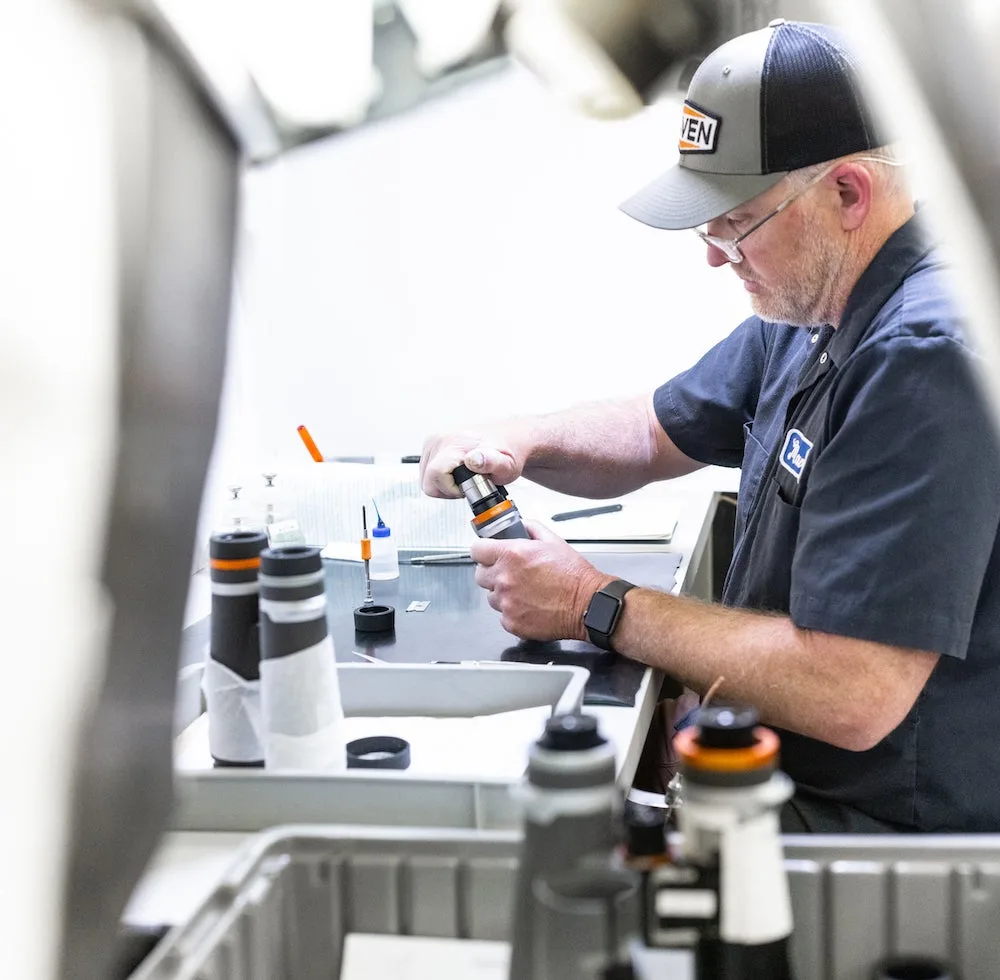
What was the first product you guys came out with?
We introduced two products simultaneously when we launched. We felt like we couldn’t come out with just one binocular. That’s a pretty small offering for a brand. Even two products is pretty small.
So we introduced an 8×42 and a 10×42. If you’re an optic company, 10×42 is the thing you just have to do.
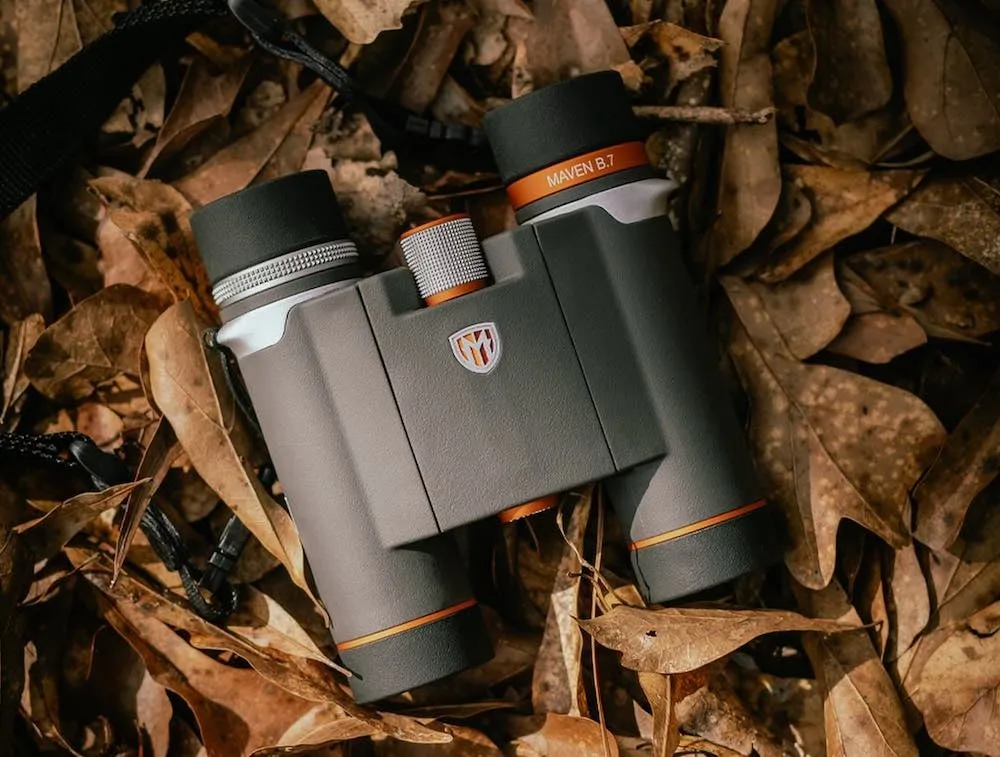
Then we also introduced a 9×45 and an 11×45 which which proved to be what really put us on the map. We got tons of awards—like product of the year and optic of the year—from a lot of places, which was crazy because at the time, we couldn’t afford to pay for advertising.
How long after that did you come out with scopes?
So we went from binoculars to spotting scopes, and then rifle scopes in the last four years. They’re the most recent addition along with rangefinders.
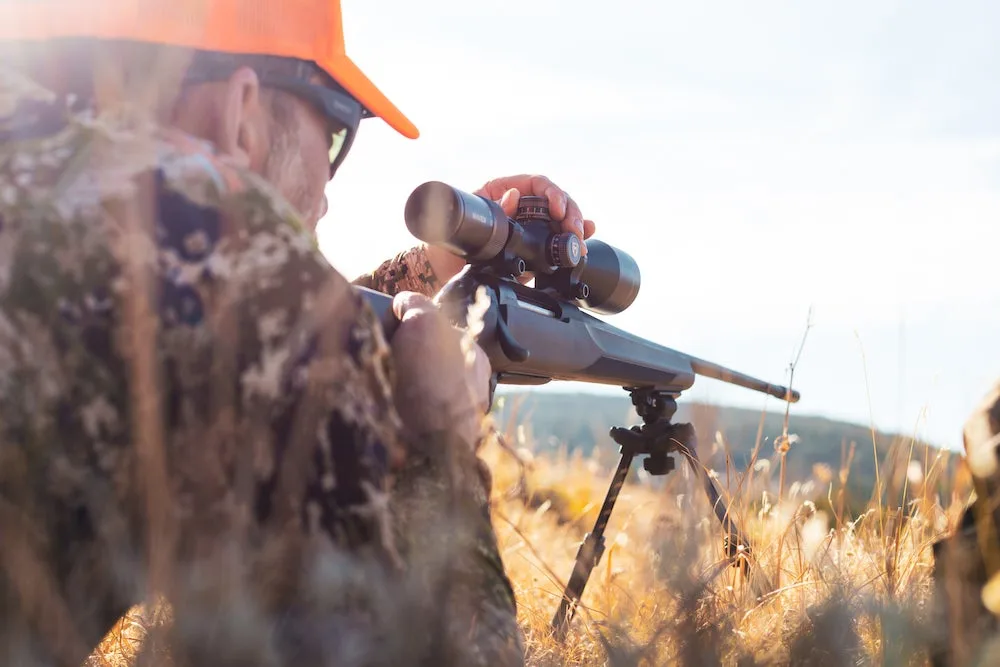
Are binoculars your most popular product category?
I think so. Mostly because there’s a lot of them out there and it’s all about word of mouth. You wouldn’t imagine how many free binoculars I sent out there to people just so they could see them and hopefully love them and then talk to their friends. It’s that whole guerrilla marketing aspect when you’re a small company and you don’t really have any money to do anything.
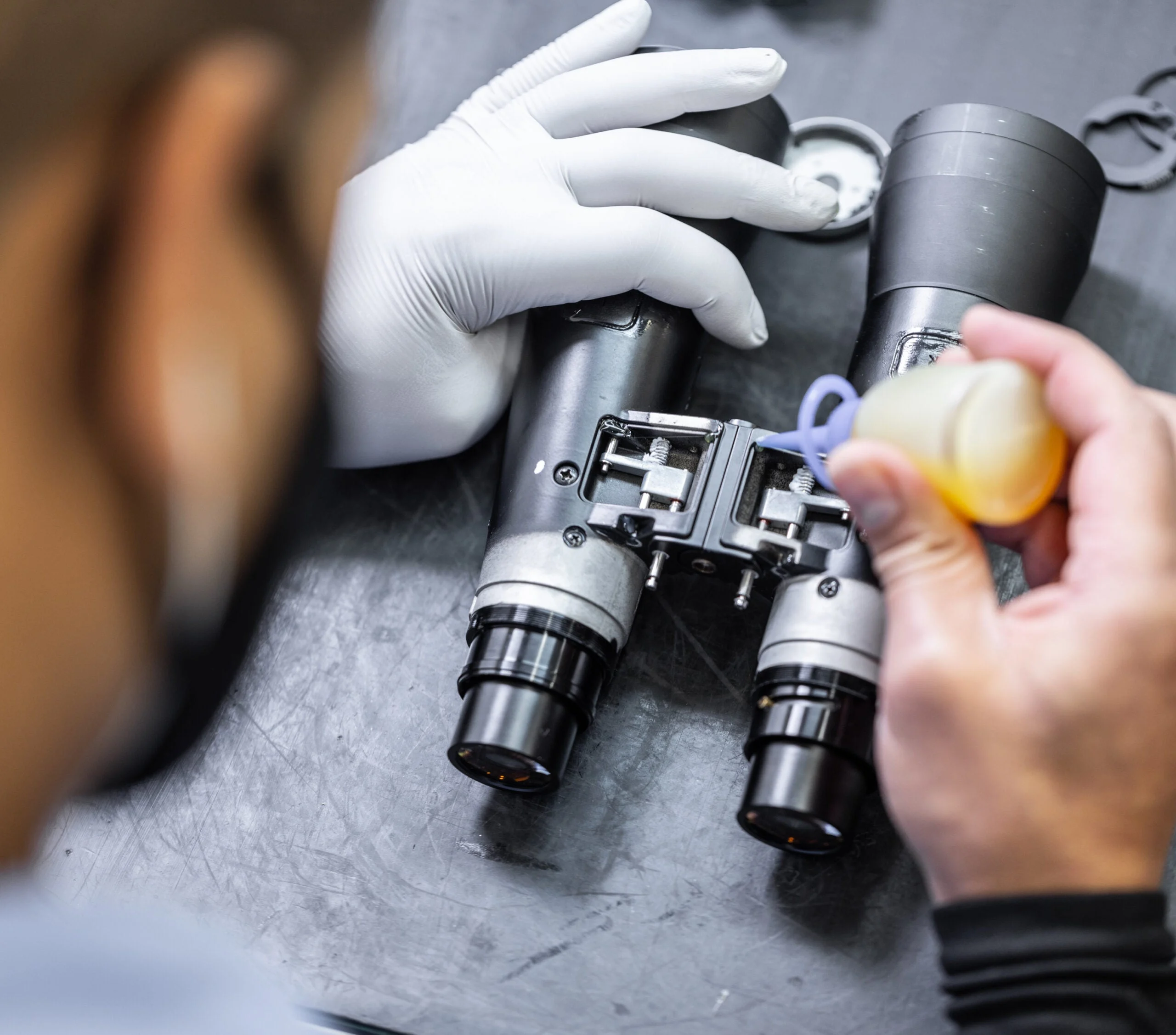
What makes Maven different than another optics brand?
I like to say it’s a lot like vehicles. If you look under the hood, they look the same and a lot of the parts are the same. But the outside is different.
What makes a Maven optic special is the quality of the glass, the quality of the coatings, and the quality of the components. That’s because we’re not really tied to what retailers are demanding. A lot of brands mostly worry about what their big retailers want them to make so they can sell a lot of them. With our model, we don’t have that. We just want to make the best stuff possible, the best stuff we can make.
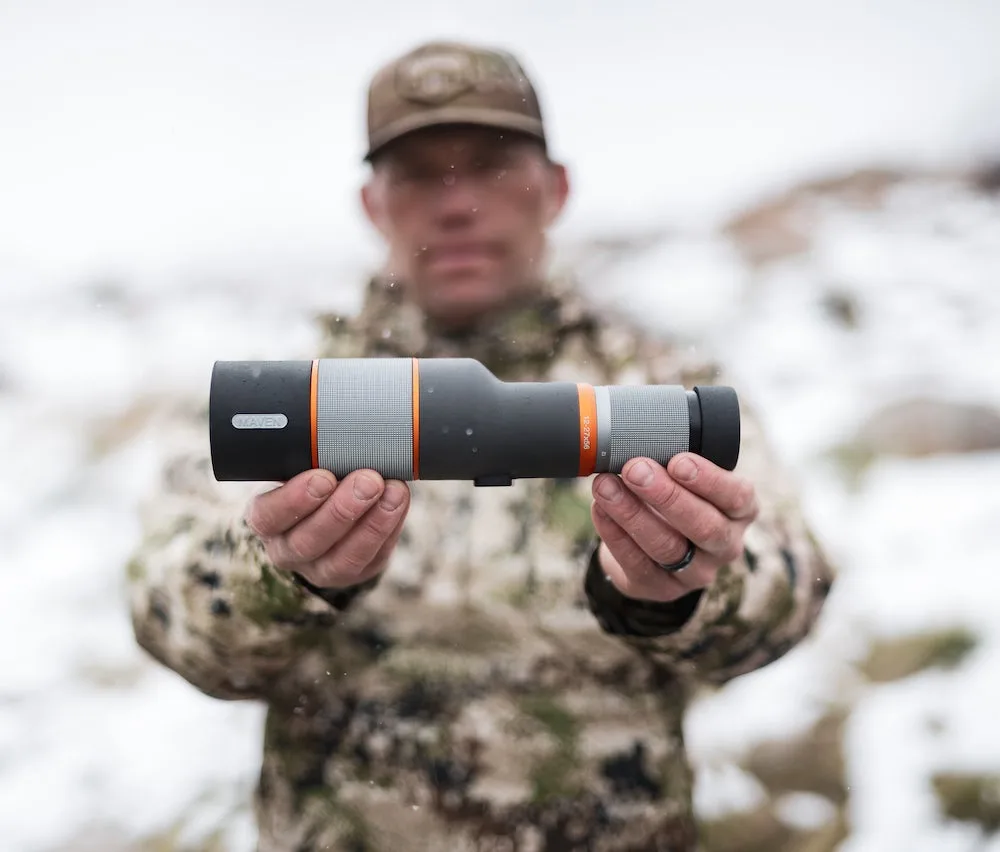
Plus, because of the direct model, we don’t have the retail markup. So for that quality of the component in glass and coatings, you’re getting a much better price. Now it’s not like 50 percent less than what you see out there, but for what you’re getting, it’s considerably less than what it would be if we were selling those things at retail.
What are your three favorite Maven products?
**
The B1.2 was our very first product. And it’s just a crazy feeling to see something the first time you take it from the drawing board to the final thing.
**
These binoculars are the ones that won all of those awards for us. They’re fairly similar to the B1.
**
I’m proud of this one, because the first spotting scope was a pretty significant design challenge. But we made something that competes with the best products in the world.
And you can fully customize any of your optics, right? How does that work?
We were the first optics company to go direct-to-consumer and then we became the first ones to offer so much customization. There was another company that let you choose a couple of very specific things but we were the first where you could pick a lot of the exterior pieces. People were really amazed at that ability.
It’s never been the majority of our sales but it’s a great part of our story. There are some people who have like seven or eight of our products they’ve completely customized, which is crazy. That’s what they love about it. The quality is great and then they can make it something unique for themselves.
How did you come up with the name Maven?
It’s hard to come up with the name of something that is probably—or at least, hopefully—going to be what you do for the rest of your life. So we brainstormed.
We were having beers sitting around the fire pit in my backyard trying to figure out what we were going to call this thing. And we came up with this fantastic name. It was going to be called Seek. It was a great descriptor of what you do with binoculars and scopes. We went the the cheap way and just Googled it a million different ways because we didn’t want to hire an attorney. There was nothing.
We were getting very close to finalizing it and purchasing the URL. I even had the logos done. Then one of Mike’s friends called him. Mike told him we were getting ready to launch this new brand called Seek. And the guy goes, oh like Seek Outside, those guys that make those really cool tents in Colorado.
We still could’ve owned the name. But we didn’t want to start off with that kind of karma stealing someone’s brand. So we went back to the table.
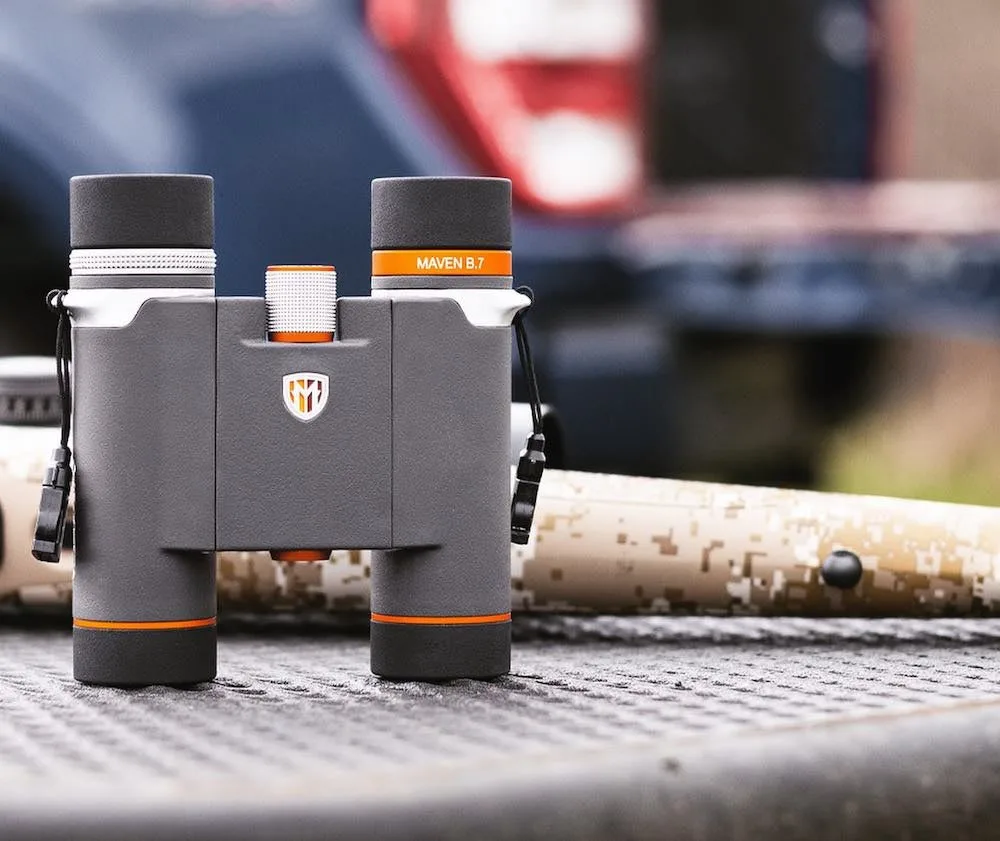
We had all done a bunch of reading on business strategy, and we had all read a book by Malcolm Gladwell called “The Tipping Point.” In the book, Gladwell talks about mavens and how they’re the best way to spread the word about things. The mavens in your life are the experts, the friends who know the best restaurants or the best sleeping bags. You go to them for advice.
So we gravitated towards that. It fit how we were going to have to grow our brand because like I said earlier, we were going to have to do it through word of mouth because we didn’t have a big budget. We were going to have to try to get people to talk about our products.
What’s next for Maven in 2024?
Our biggest focus in the lab recently is integrating electronics into our products. A lot of our competitors are doing that and have done that and that’s what people have been asking us about since our very first product.
We’ve been working on putting a rangefinder in our binoculars for several years and we’re really hoping that it’s getting close. We thought we were closer than we were several times, but I feel really good about where we are right now.
What do you love most about being outdoors?
I think everyone who isn’t in the outdoor industry thinks you get to spend most of your time out hunting. But it’s just not. You spend a lot of time behind your computer.
So the thing I love is just getting away. We live in Wyoming, where I’m 10 minutes away from being by myself in the mountains or going out with my friends or family, whether it’s hunting or biking. Being able to get away quickly and get outside of cell service is always really nice.
And I like getting to enjoy these things that we get to be around every day and that we get to create.
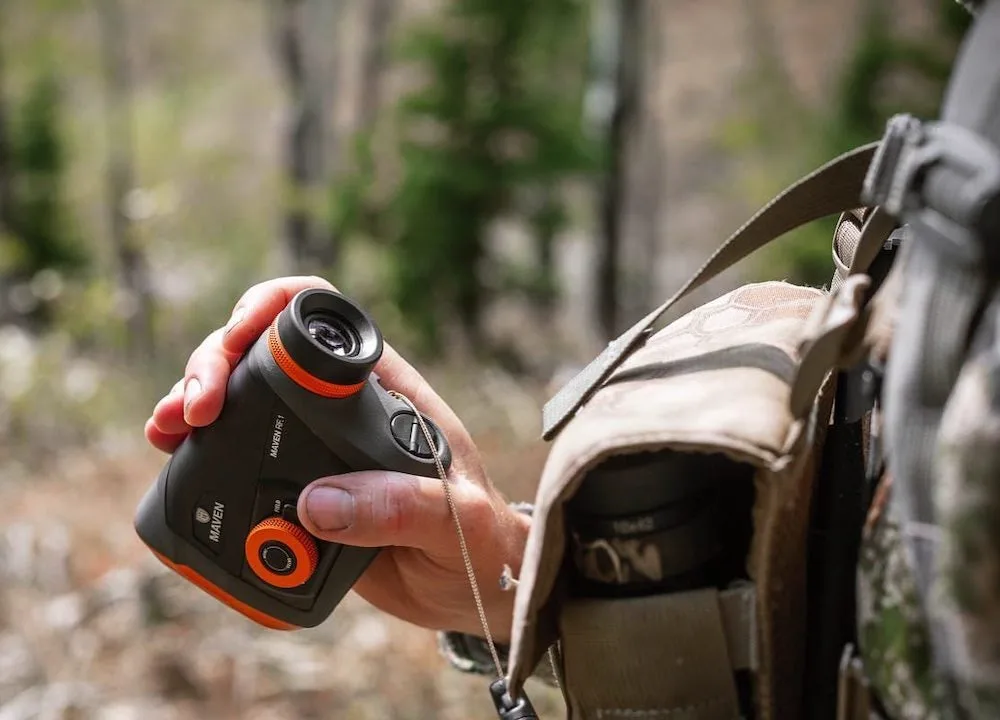
Why Trust Us
For more than 125 years, Field & Stream has been providing readers with honest and authentic coverage of outdoor gear. Our writers and editors eat, sleep, and breathe the outdoors, and that passion comes through in our product reviews. You can count on F&S to keep you up to date on the best new gear. And when we write about a product—whether it’s a bass lure or a backpack—we cover the good and the bad, so you know exactly what to expect before you decide to make a purchase.

